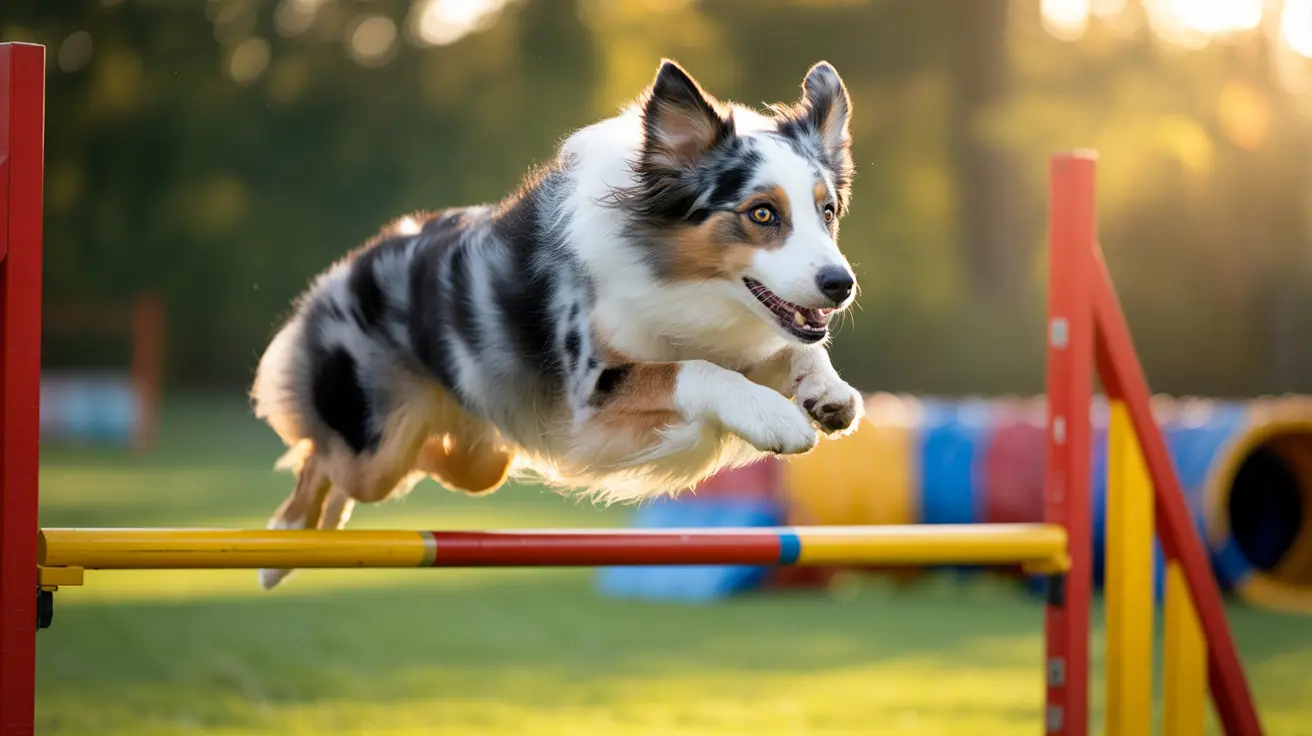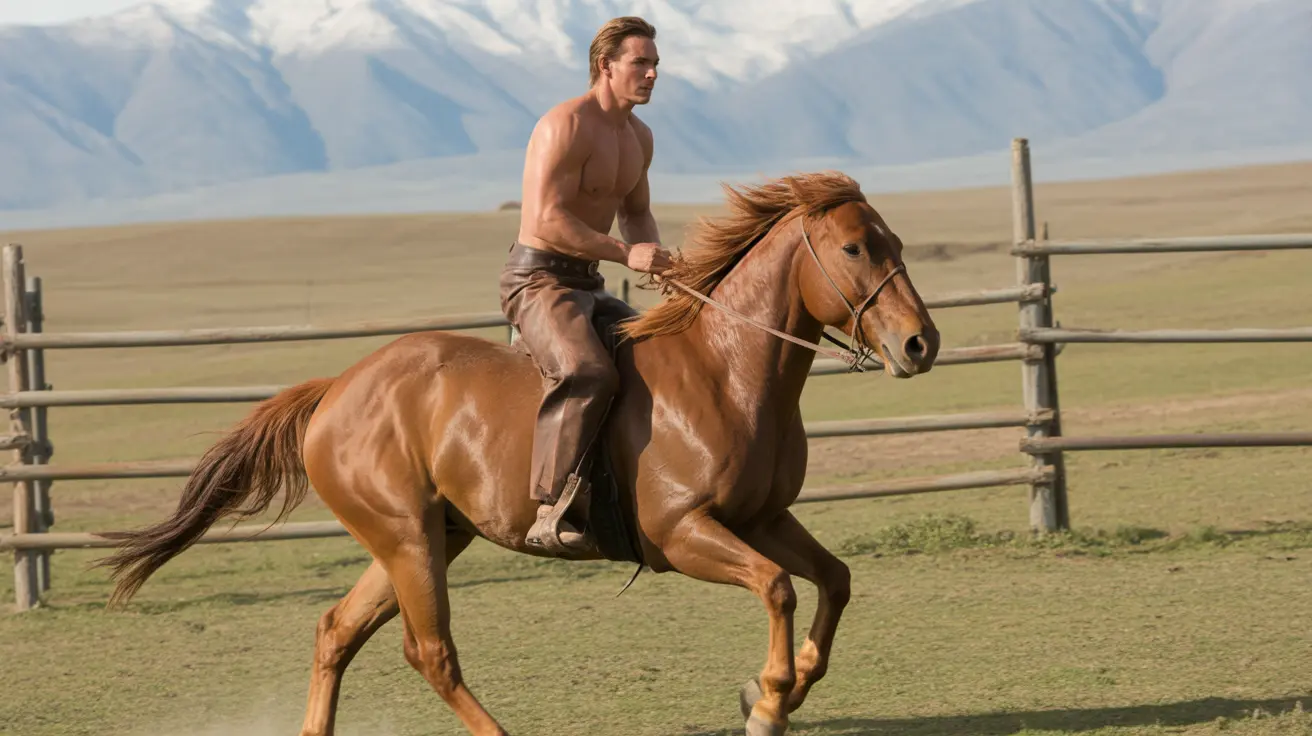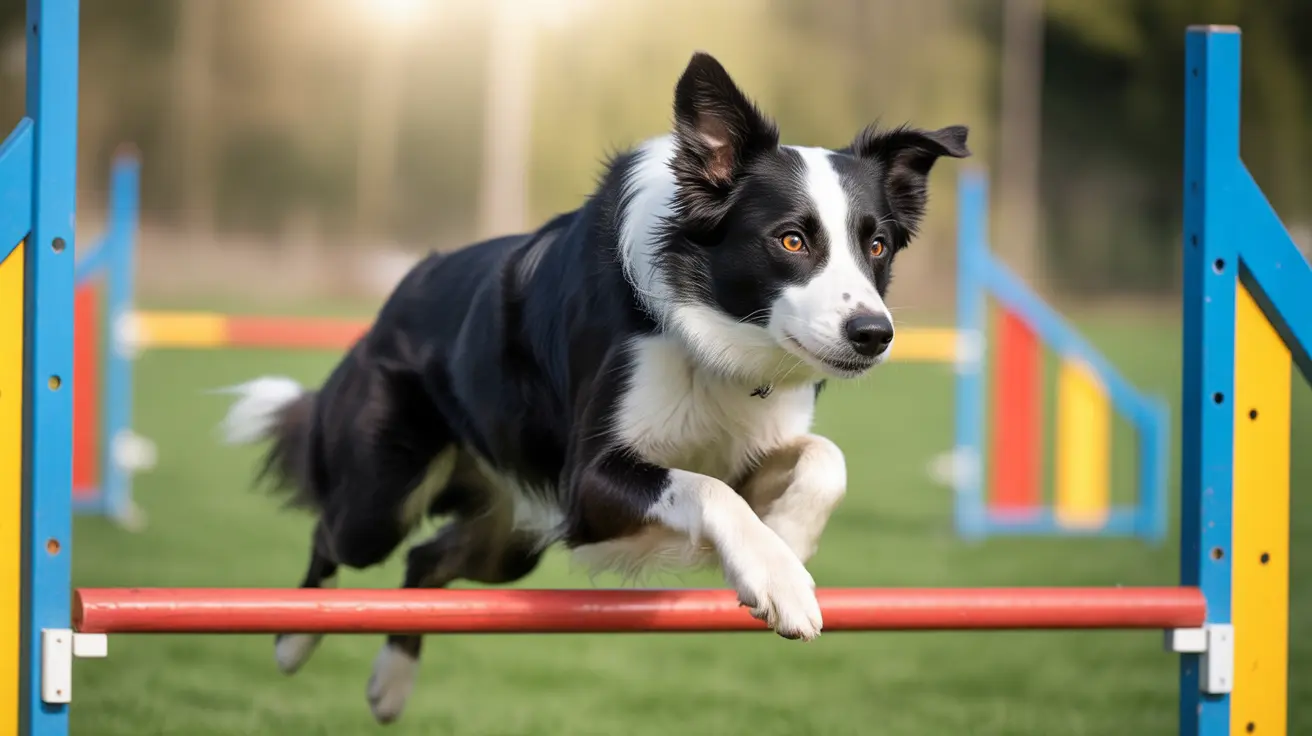The Complete Dog Sports and Activities Guide: Strengthen Your Bond Through Fun and Fitness
Dog sports and activities have revolutionized how we engage with our four-legged companions, transforming simple playtime into structured, purposeful experiences that benefit both dog and owner. These competitive and recreational activities are specifically designed to provide physical exercise, mental stimulation, and obedience training while strengthening the incredible bond between you and your pet. Whether you're a first-time dog owner looking for ways to channel your pup's energy or an experienced handler seeking new challenges, dog sports offer rewarding opportunities that cater to dogs of all breeds, ages, and skill levels.
The world of canine athletics encompasses an impressive range of options, from high-energy pursuits that test speed and agility to low-impact activities perfect for senior dogs or those with joint concerns. Popular disciplines include agility, flyball, bikejoring, scentwork, heelwork to music, canine hoopers, dog parkour, mantrailing, Fast CAT, and treibball. Each sport brings unique benefits and challenges, ensuring there's something perfect for every dog-owner team ready to embark on this exciting journey together.
Understanding the Foundation: What Makes Dog Sports Special
At their core, dog sports are much more than simple entertainment—they're structured activities that harness your dog's natural instincts and abilities while promoting teamwork, coordination, and communication between handler and dog. These activities capitalize on dogs' inherent desires to run, chase, retrieve, track, and problem-solve, channeling these behaviors into positive, goal-oriented exercises that provide both mental and physical fulfillment.
The beauty of dog sports lies in their adaptability. Most activities can be modified to suit different skill levels, making them accessible whether you're working with a high-energy Border Collie or a gentle senior Golden Retriever. This flexibility ensures that participation remains enjoyable and safe while still providing the structured exercise and mental challenges that dogs crave.
High-Energy Sports for Active Dogs
Agility: The Ultimate Test of Teamwork
Agility stands as one of the most popular and recognizable dog sports, involving dogs navigating obstacle courses featuring jumps, tunnels, and weave poles. This dynamic sport requires exceptional teamwork, coordination, and communication between handler and dog, making it an excellent choice for building trust and strengthening your relationship. The sport is highly adaptable to different skill levels and suitable for various breeds, though it does favor dogs with good athletic ability and eagerness to please.
What makes agility particularly appealing is its emphasis on partnership. Unlike some sports where the dog works independently, agility requires constant communication and guidance from the handler, creating an intense bonding experience that translates into better obedience and responsiveness in daily life.
Flyball: Fast-Paced Team Competition
Flyball represents the epitome of fast-paced, high-energy dog sports. In this exciting relay race, teams of dogs race over hurdles to retrieve a tennis ball from a spring-loaded box, emphasizing teamwork and building impressive stamina. The sport's competitive team structure adds a social element that many handlers find motivating, as success depends not just on individual performance but on how well the entire team works together.
This sport particularly appeals to ball-motivated dogs with strong retrieving instincts and high energy levels. The repetitive nature of flyball helps build consistency in performance while the team atmosphere creates an engaging environment for both dogs and handlers.
Bikejoring: Adventure on Wheels
For handlers seeking outdoor adventure, bikejoring offers an exciting option where dogs pull handlers riding bicycles using specialized harnesses and lines. This sport suits high-energy dogs with strong running instincts and provides an excellent cardiovascular workout for both participants. However, bikejoring requires careful attention to safety considerations and thorough training for commands to ensure safe navigation of various terrains and situations.
Success in bikejoring depends heavily on the dog's natural drive to run and pull, making it particularly well-suited for breeds with sledding or working backgrounds, though any energetic dog with proper training can participate.
Mental Stimulation Sports
Scentwork: Tapping Into Natural Abilities
Scentwork, also known as nose work, capitalizes on dogs' extraordinarily strong sense of smell by training them to locate specific scents hidden in different environments. This mentally stimulating activity suits dogs of all ages and abilities and is notably dog-led, allowing the dog to work at its own pace without pressure from the handler.
What makes scentwork particularly valuable is its accessibility—it's one of the few sports where physical limitations don't significantly impact performance. Senior dogs, dogs with mobility issues, and even shy or reactive dogs can excel in scentwork, making it an inclusive option that focuses purely on mental engagement and natural ability.
Mantrailing: Following Human Scent
Mantrailing is a fascinating dog-led, non-competitive activity where dogs track human scent trails to locate specific individuals. This sport builds tremendous confidence and enhances scenting skills while providing mental stimulation that many dogs find deeply satisfying. Unlike other tracking sports, mantrailing focuses specifically on human scent discrimination, making it both challenging and practical.
The confidence-building aspect of mantrailing cannot be overstated. Dogs learn to trust their noses and make independent decisions while following trails, which often translates into increased self-assurance in other areas of their lives.
Creative and Artistic Sports
Heelwork to Music: Canine Freestyle
Heelwork to Music, often called canine freestyle, represents the artistic side of dog sports where dogs perform choreographed routines to music with their handlers. This unique discipline requires solid obedience, an extensive repertoire of tricks, and a particularly strong bond between dog and handler. The creative freedom inherent in freestyle allows handlers to showcase their dog's personality while demonstrating technical skills.
This sport appeals to handlers who enjoy the creative process of choreography and music selection, while also providing dogs with varied mental challenges through learning and performing different movements and tricks in sequence.
Low-Impact Alternatives
Canine Hoopers: Gentle Agility
Canine Hoopers offers an excellent low-impact agility alternative featuring courses of hoops, barrels, and tunnels. This sport is particularly suitable for older dogs or those with joint issues, as it eliminates the high-impact jumping found in traditional agility while still providing mental stimulation and physical exercise.
The sport's emphasis on distance handling and flowing movements makes it accessible to handlers with mobility limitations as well, creating an inclusive environment where both dogs and handlers can participate comfortably.
Dog Parkour: Urban Adventure
Dog Parkour utilizes urban or natural environment elements as obstacles, enhancing dexterity and confidence through low-impact agility challenges. This innovative sport encourages creative thinking as handlers identify suitable obstacles in everyday environments, from park benches to fallen logs, transforming ordinary walks into engaging training sessions.
The beauty of dog parkour lies in its flexibility and accessibility—no special equipment or dedicated training facilities are required, making it perfect for urban dwellers or those seeking spontaneous training opportunities.
Speed and Chase Sports
Fast CAT: Pure Speed Testing
Fast CAT (Coursing Ability Test) measures dogs' sprinting speed over a 100-yard dash, making it suitable for dogs with strong chase instincts. This sport requires minimal training beyond the dog's natural desire to chase a lure, making it one of the most accessible competitive sports available. The simplicity of Fast CAT appeals to many handlers who want to showcase their dog's natural speed without extensive training requirements.
Treibball: Soccer for Dogs
Treibball involves dogs pushing large exercise balls into goals and is often described as "soccer for dogs." This sport provides both mental and physical challenges and is especially appealing for herding breeds, though it's enjoyable for any dog willing to learn the pushing technique. The problem-solving aspect of maneuvering large balls around obstacles provides excellent mental stimulation while the physical pushing action offers a good workout.
Health and Safety Considerations
The health benefits of dog sports are extensive, including improved physical condition, enhanced mental health, better obedience, increased social interaction, and boosted confidence. However, responsible participation requires attention to safety and health considerations, particularly for high-intensity sports that could potentially cause injuries.
Joint care becomes increasingly important as dogs age or participate regularly in high-impact activities. Modern supplements containing undenatured type II collagen combined with omega-3 fatty acids have shown efficacy in reducing pain and improving mobility, making them valuable additions to active dogs' health regimens. Prior to starting any sport, veterinary clearance is strongly recommended to ensure your dog is physically capable of handling the chosen activity's demands.
Getting Started: Training and Equipment
Successful participation in dog sports requires a foundation built on positive reinforcement, safety awareness, and gradual skill advancement. Training should always prioritize your dog's comfort and confidence, progressing at a pace that keeps the experience enjoyable rather than stressful. Many sports can be adapted for indoor practice using household items or basic specialized equipment, making it possible to begin training regardless of weather or facility availability.
Equipment needs vary significantly between sports, ranging from simple items such as tennis balls for basic fetch games to specialized harnesses for bikejoring or complete agility obstacle sets. The investment in equipment should match your commitment level and your dog's interest in the chosen sport.
The Behavioral Benefits
Beyond physical exercise, dog sports provide structured mental challenges that significantly enhance behavior by reducing problematic behaviors often stemming from boredom or excess energy. The reinforcement of obedience commands within the context of enjoyable activities strengthens training while building stronger human-dog bonds through shared accomplishments and focused interaction time.
Regular participation in dog sports creates positive outlets for natural behaviors like chasing, jumping, or problem-solving, channeling these instincts into appropriate activities rather than allowing them to manifest as destructive behaviors at home.
Frequently Asked Questions
- Q: At what age can my dog start participating in dog sports?
Most dogs can begin basic training for low-impact sports like scentwork or beginner agility as early as 6 months old, but high-impact activities should wait until growth plates close (typically 12-18 months depending on breed size). Always consult with your veterinarian before starting any sport to ensure your dog is physically ready.
- Q: How do I choose the right sport for my dog's breed and temperament?
Consider your dog's natural instincts, energy level, and physical capabilities. High-energy breeds often excel in agility and flyball, while scent-oriented breeds may prefer scentwork or mantrailing. Dogs with joint issues benefit from low-impact options like canine hoopers or treibball. Observe what activities naturally engage your dog and start there.
- Q: Can I practice dog sports at home without expensive equipment?
Yes, many dog sports can be adapted for home practice using household items. You can create agility courses with broomsticks and cardboard boxes, practice scentwork with hidden treats, or use large exercise balls for treibball training. Start simple and invest in specialized equipment as your interest and skill level grow.
- Q: Are there safety concerns I should be aware of when starting dog sports?
Safety considerations include proper warm-up and cool-down routines, appropriate surface conditions, weather awareness, and recognition of fatigue signs. High-intensity sports like bikejoring require additional safety measures including proper harnesses, command training, and route planning. Always prioritize your dog's comfort and stop if they show signs of distress.
- Q: How often should my dog participate in sports activities?
Frequency depends on the sport's intensity and your dog's fitness level. Most dogs benefit from 2-3 training sessions per week, with rest days between high-intensity activities. Mental stimulation sports like scentwork can be practiced more frequently, while high-impact sports require more recovery time. Always monitor your dog for signs of fatigue or soreness.
- Q: Do I need special training or certification to participate in dog sports?
While many sports can be enjoyed recreationally without formal training, participating in competitions or advanced levels typically requires instruction from qualified trainers. Many sports organizations offer beginner classes and certification programs that provide proper technique instruction and safety training.
- Q: What are the long-term benefits of participating in dog sports?
Long-term benefits include improved physical fitness, enhanced mental stimulation, stronger obedience, increased confidence, better social skills, and a deeper bond between dog and handler. Regular participation often leads to reduced problematic behaviors and a more well-rounded, satisfied pet.
Conclusion
Dog sports and activities represent far more than simple recreation—they offer a pathway to deeper understanding, stronger bonds, and enhanced well-being for both dogs and their human companions. From the high-energy excitement of agility and flyball to the thoughtful concentration required for scentwork and mantrailing, these diverse activities ensure that every dog-owner team can find their perfect match. The key lies in choosing activities that align with your dog's natural abilities and interests while prioritizing safety, positive training methods, and gradual progression.
As you embark on this journey into dog sports, remember that the greatest rewards come not from competition results or perfect performances, but from the shared experiences, improved communication, and strengthened trust that develop through consistent training and participation. These activities offer lifelong opportunities for physical fitness, mental stimulation, and relationship building that will enrich both your lives for years to come.






